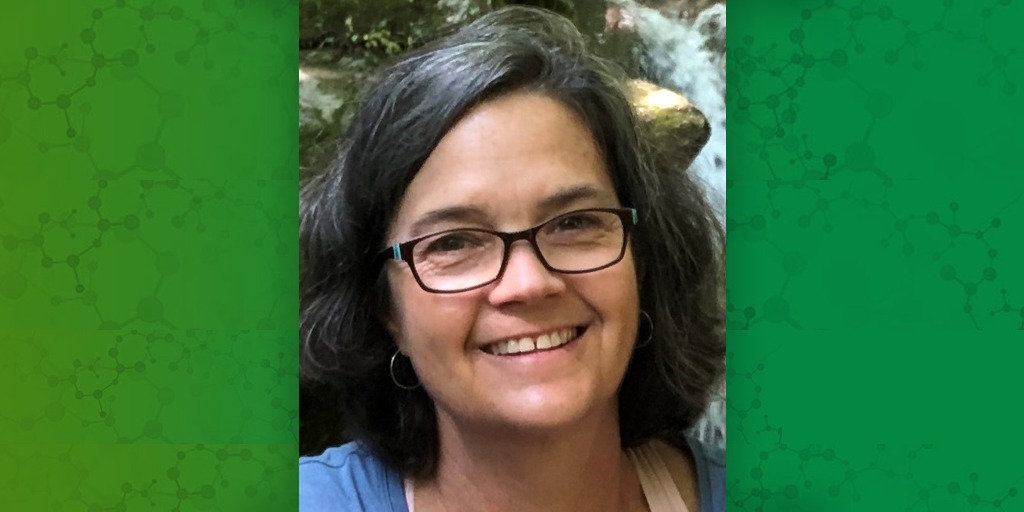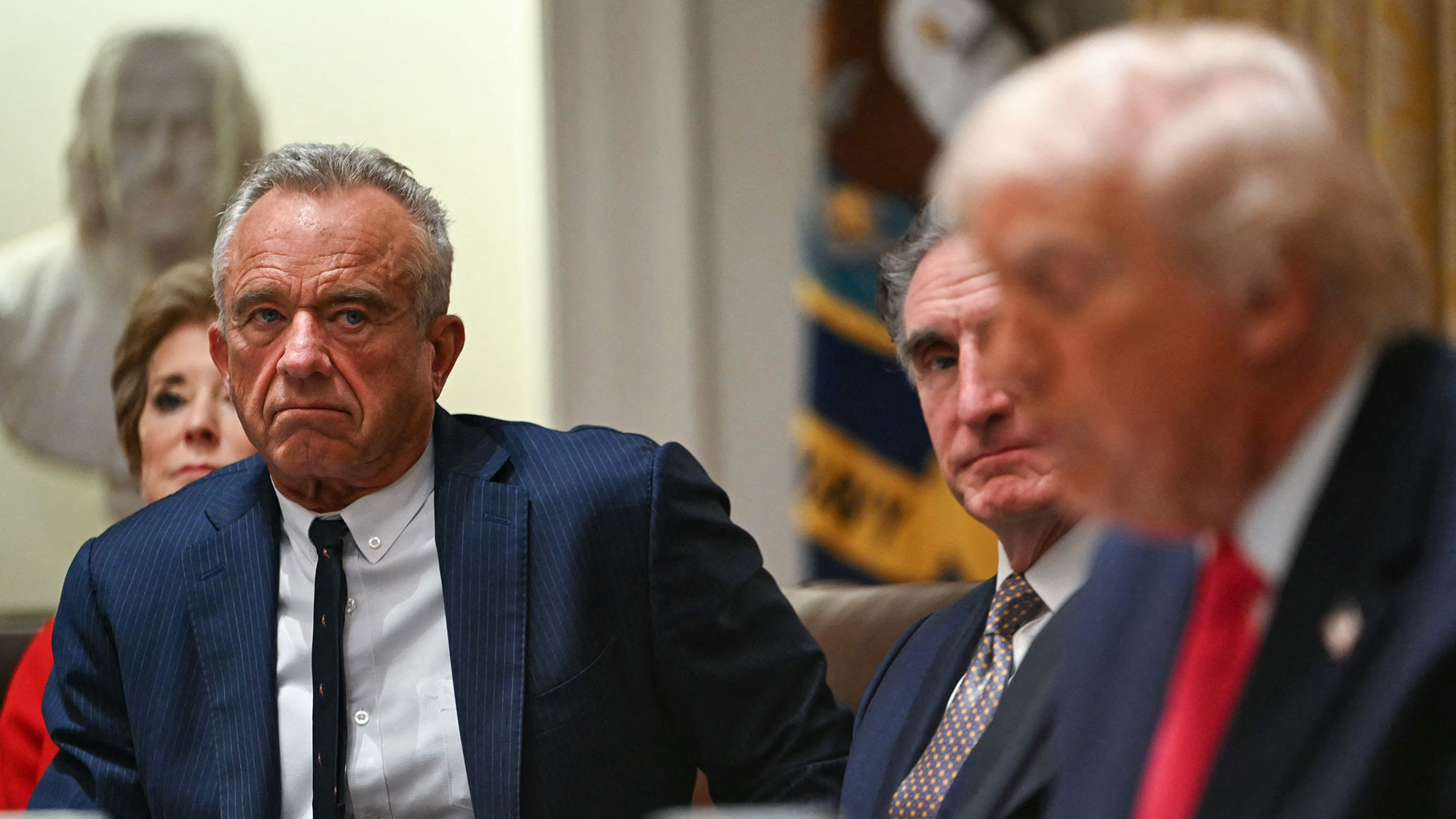NIEHS has had an active recycling program since 1993, and as any staff scientist or other employee can attest, it can be a complicated process and easy to get wrong. Thankfully, Meredith Marley is here to explain it.
“People often don’t recycle correctly,” Marley said. “They think, ‘Maybe if I put it in there, it won’t make a difference.’ But it does. We call this Wishful Recycling.”
Marley is with Shimar Recycling, the NIEHS recycling vendor since 2008. She was the guest speaker online for the institute’s recognition of America Recycles Day, Nov. 15.
“We all want to do the right thing,” noted NIEHS Sustainability Coordinator Kerri Hartung, who hosted the event. “But the right thing has to be done the right way.”
A record of effective recycling
And a lot has been done the right way. Since the institute’s recycling program began, 2.1 million pounds of waste and materials have been recycled or composted. NIEHS also has diverted approximately 21.4 million pounds of materials from landfill disposal. According to the NIEHS Sustainability Report 2021, between 2010 and 2020, the institute diverted 80% of the non-hazardous solid waste it generated, on average.
Most people have “single-stream” recycling at home, meaning everything is dumped together in a bin. Recycling at a scientific institution, where items have to be carefully segregated, is more difficult.
“We keep things separate for many reasons,” said Marley. “Mostly for safety and to avoid contamination.”
 “We’ve got a great history here of recycling as a program, but we’re always looking to grow, improve, and make things easier,” said Hartung. (Photo courtesy of Steve McCaw / NIEHS)
“We’ve got a great history here of recycling as a program, but we’re always looking to grow, improve, and make things easier,” said Hartung. (Photo courtesy of Steve McCaw / NIEHS)NIEHS drives local market
Recycling efforts vary widely from place to place, but economies of scale can have a positive influence independent of location. Marley used aluminum foil as an example of how NIEHS enhances recycling in Research Triangle, North Carolina.
“Aluminum foil is not typically accepted in a lot of home recycling bins,” Marley said. “We are able do it for our other customers largely because of the volume generated by the institute. That NIEHS drives a lot of our markets is something to be proud of.”
She suggested that a contest be held at NIEHS someday to see who can create the biggest aluminum foil ball.
Safety first
Much of Marley’s talk focused on the details of safe laboratory recycling, such as ensuring that chemical pathological, and microbial contamination is placed in hazardous waste, and that glassware and other containers are properly marked and disposed.
NIEHS staff who have questions about proper recycling are encouraged to contact the institute’s Health and Safety Branch, which can be emailed at hse@niehs.nih.gov. The NIEHS Recycling Guide also contains helpful information.
(John Yewell is a contract writer for the NIEHS Office of Communications and Public Liaison.)
Source link
factor.niehs.nih.gov


